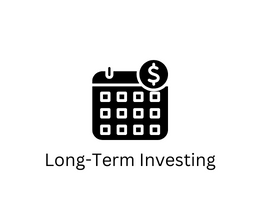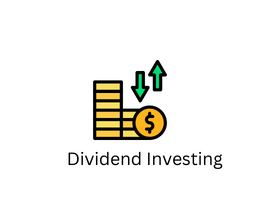
The Benefits and Drawbacks of the Buy and Hold Investment Approach
- By admin --
- Sunday, 12 Mar, 2023
Buy and hold is an investment strategy that involves purchasing securities and holding onto them for an extended period, typically several years or more, rather than actively trading them in an attempt to profit from short-term market fluctuations. The strategy is based on the belief that, over the long run, the market will trend upwards, and the investor will profit from the overall growth of the economy and the companies in which they have invested.
The buy and hold strategy is often associated with long-term investors who are focused on building wealth over several years or even decades. The strategy is popular among investors who believe in the efficient market hypothesis, which suggests that it is difficult to consistently outperform the market by actively trading securities.
One of the key advantages of the buy and hold strategy is that it can help reduce trading costs and taxes. By holding onto investments for an extended period, investors can avoid paying taxes on short-term capital gains and reduce the fees associated with frequent trading. Additionally, buy and hold investors can benefit from the power of compounding, where reinvested dividends and interest can increase the value of their investment over time.
However, the buy and hold strategy is not without its risks. The market is subject to volatility and can experience significant downturns, which can erode the value of an investor's portfolio. Additionally, the strategy requires a significant amount of patience and discipline, as it can be tempting to sell off investments during market downturns.
Here are some additional details about the buy and hold investment strategy:
-
Investment selection: With the buy and hold strategy, investors typically choose securities that they believe will perform well over the long term, such as blue-chip stocks or index funds that track the broader market. The goal is to select investments that will provide steady growth and dividends over time.
-
Diversification: Diversification is a key component of the buy and hold strategy. By investing in a variety of securities across different sectors, industries, and asset classes, investors can reduce the risk of losing money if one investment performs poorly. A diversified portfolio can also help to smooth out volatility and provide more stable returns over time.
-
Rebalancing: Even with a buy and hold strategy, it is important to periodically review and rebalance a portfolio to ensure that it remains aligned with an investor's goals and risk tolerance. This may involve selling some investments that have performed well and using the proceeds to buy others that may be undervalued or have more growth potential.
-
Patience and discipline: The buy and hold strategy requires patience and discipline. It can be tempting to sell off investments during market downturns, but doing so can lock in losses and prevent investors from benefiting from potential future growth. By sticking to a long-term investment plan and avoiding emotional reactions to short-term market fluctuations, investors can increase their chances of success.
-
Potential drawbacks: While the buy and hold strategy has many potential benefits, there are also some drawbacks to consider. For example, holding onto investments for an extended period may mean missing out on short-term opportunities to make profits. Additionally, the strategy may not be well-suited for investors who need to access their money in the near future or who are uncomfortable with the potential risks associated with the stock market.
Overall, the buy and hold strategy can be an effective way for long-term investors to build wealth over time. However, it is important to carefully consider an investment strategy's potential risks and benefits before deciding whether it is right for you.





